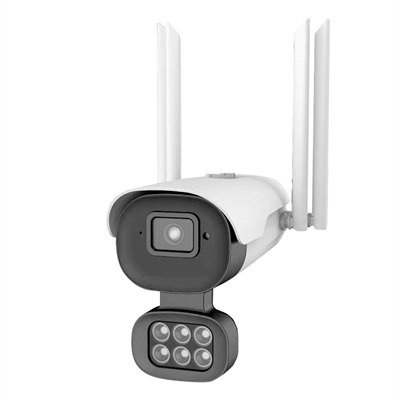Outdoor WiFi cameras face challenging conditions, making weather resistance and durability crucial factors for their effectiveness and longevity. In this technical blog post, we delve into the importance of weather-resistant design and materials in outdoor WiFi cameras.
Weather-resistant outdoor WiFi cameras are designed to withstand a range of environmental factors, including rain, snow, heat, and humidity. They are typically rated with an Ingress Protection (IP) code that indicates their resistance to solid particles and liquids.
Cameras with higher IP ratings provide better protection against outdoor elements. For instance, an IP65 rating indicates protection against dust and low-pressure water jets, while an IP66 rating offers protection against strong water jets and heavy waves of water.
Cameras often feature rugged construction and UV-resistant materials to prevent deterioration caused by sunlight exposure. Their housing is designed to prevent water and dust penetration, ensuring internal components remain protected.
Furthermore, some cameras include built-in heaters or fans to regulate internal temperatures, preventing condensation and ensuring optimal performance in extreme weather conditions.
In conclusion, weather resistance and durability are essential considerations when choosing outdoor WiFi cameras. Cameras with robust construction, high IP ratings, and features that manage temperature variations can withstand challenging outdoor environments, providing reliable security over the long term.







